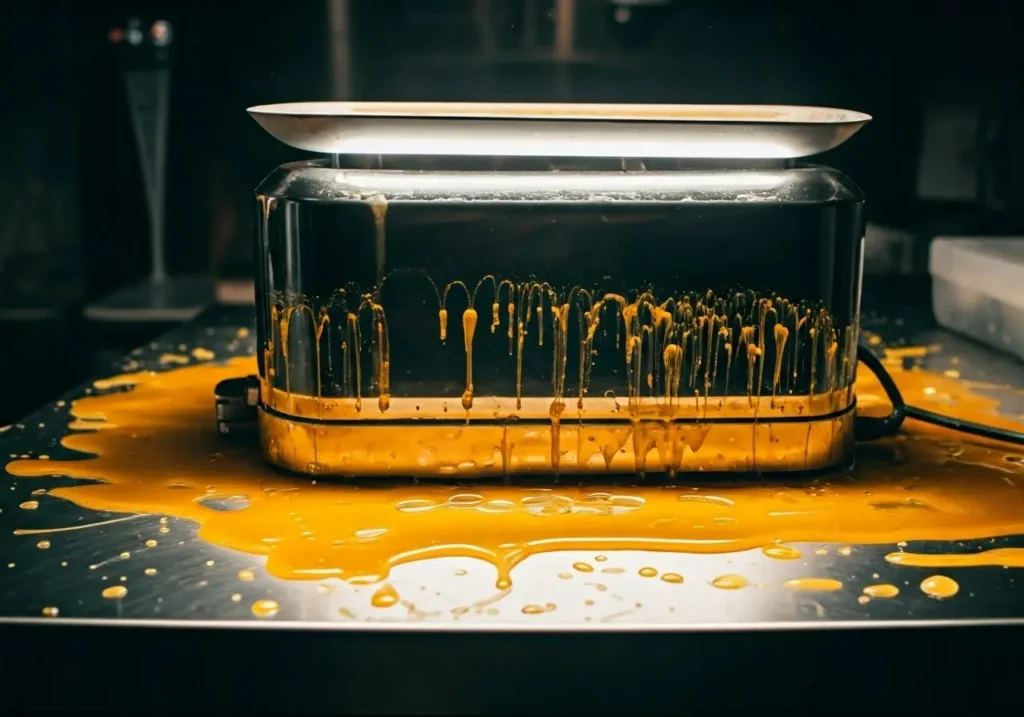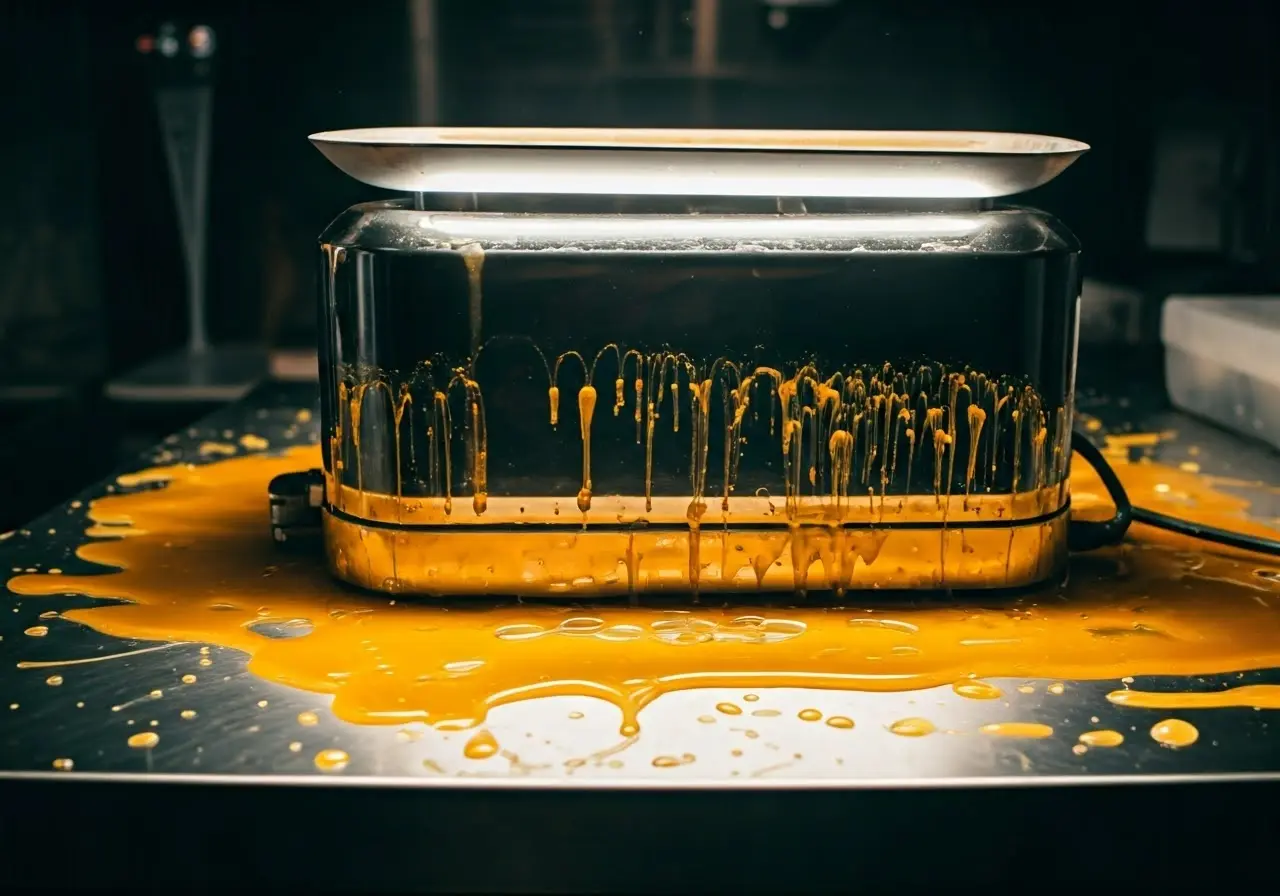Using a wax heater at home can be a convenient and cost-effective way to achieve smooth, hair-free skin. However, mistakes can easily be made along the way, turning a relaxing self-care routine into a sticky mess. In this blog, we’ll walk you through the most common errors people make when using a wax heater and how to avoid them to ensure a safe and effective waxing experience.
Not Preparing the Skin Properly
To achieve the best results from waxing, it’s essential to prepare your skin properly. This means cleaning and exfoliating the desired areas to remove any oils and dead skin cells that can prevent the wax from adhering effectively. Not doing so can lead to a less efficient waxing session where some hairs are left behind, making the process frustrating and painful. As a basic rule, always start with a freshly cleaned skin surface. Consider using a pre-wax cleanser to help ensure that all impurities are removed.
Exfoliating a day before you plan to wax is beneficial as it helps remove dead skin cells that could hinder the wax’s ability to grasp the hair effectively. You might be tempted to exfoliate immediately before waxing, but this can lead to skin irritation and increased sensitivity. Instead, opt for exfoliating 24 hours prior to your waxing session. This preparatory step is particularly crucial for areas with coarser hair, such as the bikini line or facial zones, where thorough training, like that offered in our facial waxing course, could greatly enhance outcomes.
Using the Wrong Type of Wax
Different areas of the body may require different kinds of wax. It’s important to use hard wax for sensitive areas and soft wax for larger, less sensitive areas to minimize pain and maximize effectiveness. If you’ve ever experienced a painful waxing session on sensitive zones, it could simply be due to the incorrect choice of wax. Hard wax, unlike its soft counterpart, does a remarkable job of pulling up hair from the roots without needing strips and is gentler on the skin. Conversely, soft wax is ideal for covering broader areas quickly, providing an efficient waxing experience with less fuss.
Choosing the right type of wax extends beyond the body area and taps into personal skin sensitivities and hair types. People with coarse hair will find Viva Azure wax useful as it not only removes stubborn hairs but also soothes the skin, mitigating the notorious post-wax sting. Additionally, if you’re using a roll-on wax heater, make sure to pair it with liposoluble wax cartridges for an even more user-friendly and efficient application. Selecting the correct wax will save you from the trouble of patchy hair removal and uncomfortable skin reactions that often come from using an unsuited wax type.
Incorrect Wax Temperature
One of the most common mistakes is not monitoring the wax temperature. Too hot and you risk burns, too cold and the wax won’t spread or adhere properly. Always test a small amount on your wrist before applying to larger areas. This simple test helps gauge if the wax heater is functioning optimally without posing risk to the user. Moreover, familiarizing yourself with the proper use of your device through a thorough manual or training course is invaluable in anticipating and correcting temperature issues before they arise.
Your wax heater is not as straightforward as it seems; maintaining the perfect temperature is often more art than science. As you adjust the heat setting, aim for a honey-like consistency, ensuring it’s neither too runny nor too thick. Using a reliable, quality wax heater is key, akin to pro-grade models that come equipped with precise control dials or digital displays, eliminating much of the guesswork in setting the perfect working temperature. Investing time in understanding your wax heater’s particular settings can dramatically enhance your waxing experience, making it safer and less stressful.
Applying Too Much or Too Little Wax
Finding the right balance in the amount of wax used is crucial. Applying too much can make it difficult to remove, while too little won’t grip the hair sufficiently. Aim for a thin, even layer each time. This action not only conserves wax but also ensures that each section covered is efficiently stripped of hair. When you’re new to waxing, mastering this balance can be tricky, but with practice and perhaps guidance from our comprehensive waxing courses, your technique will undoubtedly improve, leading to less wasted product and optimal hair removal.
Using the correct spatula type like a stainless steel spatula can improve the application process, providing you with more control and precision. Ensure that your spatula is accurately picking up the right amount of wax by having it slightly angled so as to apply an even, thin spread in the direction of hair growth. This procedure is especially important when working on smaller regions, such as the face or underarms, where the margin for error is slimmer. Continually refining your application technique helps mitigate the pain associated with improper waxing application and leads to a much smoother waxing experience.
Pulling the Strip Incorrectly
Proper technique is key when removing wax strips. Ensure you pull the strip in the opposite direction of hair growth and as parallel to the skin as possible to minimize pain and maximize hair removal. Many waxing novices make the mistake of pulling strips upwards, which can be painful and less effective in removing hair since it introduces a higher chance of snapping rather than uprooting the hair. Additionally, holding your skin taut with your non-dominant hand during the pull can further aid in reducing discomfort and enhancing results.
Confidence in execution often leads to better outcomes, so don’t hesitate when it’s time to remove the strip. An uncertain and slow pull results in poor hair removal and could scare you away from waxing altogether. Consider the role of speed—quickness is a friend when it comes to getting a clean result. If you’re still feeling unsure, a waxing training course can lend you the knowledge and confidence needed to excel in your waxing practice at home. Remember, efficient waxing is not just about pulling but achieving the alignment of timing, technique, and muscle.
Skipping Aftercare
After waxing, your skin needs some extra attention. Skipping aftercare can lead to irritation or ingrown hairs. Always soothe the area with an appropriate moisturizer or post-waxing treatment to maintain healthy skin. Your choice of post-waxing product can make a world of difference in your post-wax experience. For instance, using a product formulated to calm inflamed skin not only assists in soothing but also rejuvenates the treated area, allowing for a fresher, radiant look.
Avoiding tight clothing on freshly waxed areas and keeping the skin moisturized are paramount post-wax practices. Additionally, try to steer clear of vigorous activities that may cause perspiration shortly after a waxing session since sweat can irritate newly waxed skin. Proper aftercare routines serve to prolong your waxing results while keeping adverse reactions at bay. Awareness and attention to your body’s response post-wax lead to a more satisfying and trouble-free waxing experience over time.
Enjoying a Smooth Waxing Experience
By understanding and avoiding these common mistakes, you can make your waxing routine much smoother and more successful. A little knowledge goes a long way in ensuring both safety and effectiveness when using a wax heater at home. With the right techniques and tips, you can enjoy the benefits of salon-quality waxing in the comfort of your own space.


